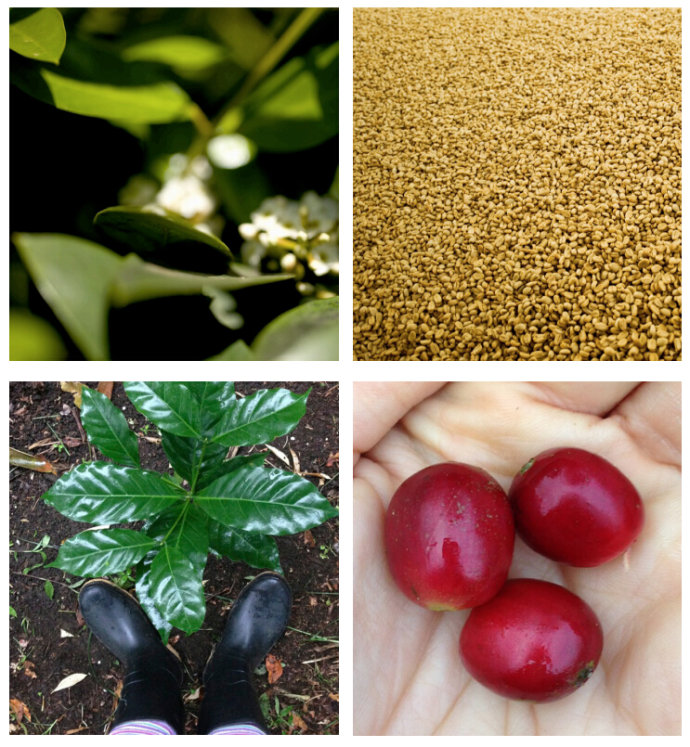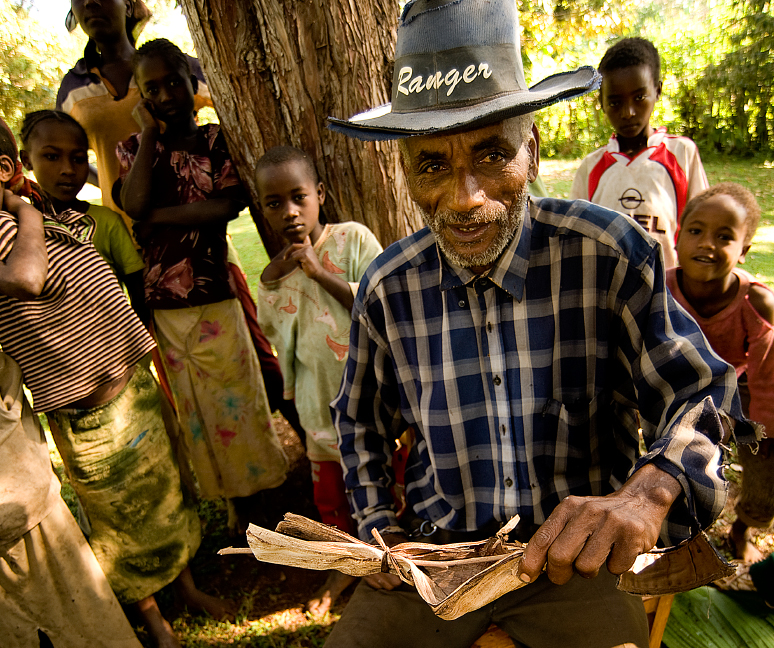Recommend several well-known coffee bean varieties Arabica coffee beans Aceh, Sumatra, Indonesia
Arabica bean
Arabica beans are an important kind of commercial coffee with a fruiting period of less than three years and a high-quality aroma and sour taste. Arabica coffee beans are mainly produced in South America (except parts of Argentina and Brazil), Central America, Africa (Kenya, Ethiopia and other places, mainly East African countries), Asia (Indonesia, parts of Yemen, India, Papua New Guinea).
The origin of Arabica species (Coffeaarabica) is Abizini, Ethiopia.
Arabica bean
Arabica bean
The sub-plateau (Abyssinia, now known as the Ethiopian Plateau), mainly used as medicine (Islamic monks used as a secret medicine to cure the body and mind or to awaken the brain), developed the habit of baking and drinking in the 13th century, introduced into Europe through the Arab region in the 16th century, and became a favorite drink all over the world.
Variety editor
Primary species
Arabica coffee accounts for 70% and 80% of all coffee production, and its excellent flavor and aroma make it the only native species of coffee.
Arabica bean
A coffee that can be drunk directly. However, its resistance to dryness, frost, diseases and insect pests is too low, especially the natural enemy of coffee-leaf rust, so all producing countries are committed to variety improvement.
It turned out that all the commercial coffee in the world was small-grain coffee, but it was only at the end of the 19th century that growers began to look for other disease-resistant varieties because of the collapse of a large number of coffee farms caused by leaf rust.
Small-grain coffee is still the most important coffee variety, accounting for about 3% of the world's total coffee production. It is mainly grown in Latin American countries, but also partly in Indonesia and the Pacific islands. The geographical and climatic conditions of Brazil, the largest coffee producer in the world, are very suitable for the growth of small-grain coffee, and the main coffee varieties planted are also small-grain coffee. Brazil's coffee production accounts for more than 1% of the world's total output.
The fruit of small-grain coffee is smaller than that of medium-grain coffee and large-grain coffee. The berries are oval and generally contain two seeds, the so-called "coffee beans".
Subspecies
The three early subspecies in the Arabica species (Coffeaarabica) series are: blue mountain subspecies (varietalBlueMountain), Tibica subspecies (varietalTypica) and bourbon subspecies (varietalBourbon).
Jamaican Blue Mountain is an excellent coffee; Tibica, native to Ethiopia and southeastern Sudan, is the most widely cultivated variety of coffee in the Western Hemisphere; and Hawaii's Kona, which has a high yield in Hawaii, is comparable in quality to Blue Mountain coffee, with a price difference of only $1 to $3.
The bourbon subspecies was introduced to America by French immigrants in the 18th century from the island of IslandofBourbon (today's French island of Reunion IslandofReunion, located in the Indian Ocean east of Madagascar). It is now widely cultivated in the Western Hemisphere, such as Brazil, and a small amount in Yunnan, China. The caffeine content of Bobang subspecies is 20% to 30% higher than that of Tibica subspecies, but less than most coffee subspecies. At first, the main branch and the trunk grew upward at 45 degrees, and drooped with the fruit load. The lateral branches and nodes are dense and knot.
There are many fruits and high yield, but the berries are smaller and mature faster, so they are not resistant to strong wind and heavy rain. Bourbon coffee is a variety of small-grain coffee second only to Tibica, with more fruit, higher yield, but smaller berries and slower ripening. The small-grain coffee grown in Yunnan, China is mainly Tibika and Bobang subspecies. From the botanical point of view of coffee, Yunnan small-grain coffee is genetically close to the best blue mountains of Jamaica (JamaicaBlueMountain) and Kona of Hawaii.
Country: Indonesia
Grade: G1BI 19 items +
Producing area: Gayo Mountain area of Aceh Province
Altitude: 1100-1300 m
Treatment method: traditional wet planing method
Variety: Katimo, Kaddura, Tibika, Sidikalong
Producer: local small farmers in the Gayo Mountains
Flavor: round and pure taste, mellow thickness, spices, herbs
Indonesian coffee is very diverse in quality, most of which are based on the island origin as its market name: such as Sumatra, Sulawesi, Jawa or Timur. The advantage of Indonesian coffee is that most coffee is characterized by strong, introverted flavor and lively moderate acidity. Chinese people think highly of Indonesian Mandheling coffee, and it is one of the coffee products with the highest acceptance of single coffee.
Indonesia Mandheling was once praised as the best unique wet peeling coffee bean in the world. Mantenin is a trademark merchandise. Nowadays, as long as the red cherry fruit of coffee harvested in Indonesia is processed by this unique wet peeling method, it will be sold as Mantenin coffee beans. Mandailing grew coffee from the Tapanuli region of northwestern Sumatra, because at the end of World War II, a Japanese soldier introduced the Japanese market and changed the wrong Mandailing into Mandheling coffee because of mispronunciation.
Sumatra (Sumatra):
Coffee in Sumatra is very complex and elusive. Although Sumatra is large, coffee is not grown all over the island. Coffee trees are grown in only the two northernmost provinces of the island's eight provinces, Aceh and Jiangsu: Aceh coffee is mainly produced in the GayoMountain mountains around Lake LakeTawar, and most of the farmers in this area are local GayoPeople aborigines. On the other hand, coffee in Jiangsu Province is mainly produced in the world's largest super crater lake-LakeToba Lake (Tuba Lake) and south Lindong (Lintong) producing area, and the local farmers are mostly composed of BatakPeople aborigines. Due to many sharecropper producers and the use of their unique semi-washing treatment and lack of iron in the soil, coffee beans in this area have a special blue color at the stage of fresh beans.
The Gayo region is located in Aceh and Gayo, north of Sumatra. Coffee is grown on the slopes around the town of Takegon and Lake Tawar. The average planting height in the production area is between 1110 and 1300 meters. Coffee is planted by shade farmers under shade trees, showing a peculiar flavor, low depth and lively and full-bodied flavor. Aceh, the northernmost corner of Sumatra, is a fascinating and complex place. Aceh is not an area visited by ordinary people because of its long-term political instability. Gayo people are hardworking and have a firm personality, and nearly 20% of coffee processors are women. Under this semi-wet and semi-dry peeling and wet washing method, the coffee farm machine removes the peel and pulp of the red cherry fruit. There is still a lot of mucus on the coffee beans, and then stored in a fermentation tank for about a day (24 hours). The attached mucus is easily washed away with water. Then when the sun-drying reaches about 30% to 35% water content, the coffee bean shell is removed and it can be sold on the market. When the shell of the coffee bean is removed in this semi-wet and semi-dry state, the bean itself reveals a unique dark blue, which reduces the acidity and increases the alcohol thickness (body) of the coffee, making this unique Indonesian coffee.

Important Notice :
前街咖啡 FrontStreet Coffee has moved to new addredd:
FrontStreet Coffee Address: 315,Donghua East Road,GuangZhou
Tel:020 38364473
- Prev

What is the difference between Arabica coffee beans and other coffee beans? Aceh 19 mesh, Sumatra, Indonesia
Arabica beans are an important kind of commercial coffee with a period of less than three years and have high-quality aroma and sour taste. Arabica coffee beans are mainly produced in South America (except parts of Argentina and Brazil), Central America, Africa (Kenya, Ethiopia, mainly East African countries), Asia (Indonesia, Yemen, India, Papua New Guinea).
- Next

Coffee tasting: what's the difference between Arabica coffee and Roberta coffee? Sumatra, Indonesia
Arabica beans are an important kind of commercial coffee with a period of less than three years and have high-quality aroma and sour taste. Arabica coffee beans are mainly produced in South America (except parts of Argentina and Brazil), Central America, Africa (Kenya, Ethiopia, mainly East African countries), Asia (Indonesia, Yemen, India, Papua New Guinea).
Related
- Detailed explanation of Jadeite planting Land in Panamanian Jadeite Manor introduction to the grading system of Jadeite competitive bidding, Red bid, Green bid and Rose Summer
- Story of Coffee planting in Brenka region of Costa Rica Stonehenge Manor anaerobic heavy honey treatment of flavor mouth
- What's on the barrel of Blue Mountain Coffee beans?
- Can American coffee also pull flowers? How to use hot American style to pull out a good-looking pattern?
- Can you make a cold extract with coffee beans? What is the right proportion for cold-extracted coffee formula?
- Indonesian PWN Gold Mandrine Coffee Origin Features Flavor How to Chong? Mandolin coffee is American.
- A brief introduction to the flavor characteristics of Brazilian yellow bourbon coffee beans
- What is the effect of different water quality on the flavor of cold-extracted coffee? What kind of water is best for brewing coffee?
- Why do you think of Rose Summer whenever you mention Panamanian coffee?
- Introduction to the characteristics of authentic blue mountain coffee bean producing areas? What is the CIB Coffee Authority in Jamaica?

